speedy-seeds.co.uk
Himalayan Blue Poppy (Meconopsis Betonicifolia) 50+ seeds Same Day Dispatch
Regular price
£4.99 GBP
Regular price
Sale price
£4.99 GBP
Unit price
per
Tax included.
Couldn't load pickup availability
Dear ebayers,
Please find for sale 50+ fresh Himalayan Blue Poppy (Meconopsis Betonicifolia) seeds, also known as Tibetan Poppy or China Blue. This is beautiful, hardy perennial and self-seeder for gardeners looking to bring something a little different to their gardens. It can also be along with the equally stunning Himalayan White Poppy that I also sell. These are great flower options for those of you who live in colder and wetter parts.
PLEASE NOTE: All orders received before 8pm (Mon-Fri) will be dispatched same day
SAVE PACKAGING MATERIALS - SEE OTHER INTERESTING & UNUSUAL SEEDS & PLANTS IN MY EBAY SHOP
Due to their origins at high levels, Himalayan Poppies need almost the opposite growing conditions to other poppies that are very tolerant of long dry summers. They prefer cooler and far wetter condition - which of course makes it a good bet here in the UK, known know for its scorching summers! In fact Himalayan poppies are much easier to grower in the colder & wetter parts of the UK - I have not attempted to grow them yet here on the south coast. They like a moist rich and preferably acidic soil.
Germination Guide
TOP TIP! Don't use all your seeds in the same tray just in case rot sets in.
Olly's General Guide to Seed Sowing!
I love sowing seeds and it runs in the family - dad, granddad and finally my great-granddad for whom the hobby helped him get over his experiences in the Great War. I still get a big kick when I see the first seedliing poking through from a new plant that I have never sown before or been successful at. However, even the most experienced gardeners draw "blanks" from time to time. Whilst I sow all the seeds that I sell so I know that they are viable, some are trickier than others and problems can arise so here are some tips to make "blanks" few and far between:
1) Dont Rush! Tempting though it is when that packet arrives in the post to simply bung the seeds in some compost!
2) Google and Youtube are your friends! Take some time so see the methods other people use to germinate the seed.
3) Think Nature! What conditions do seeds face? For example a seed from a tropical plant will fall to the warm, wet and dark jungle floor. A seed from the mountains of Europe will fall to the floor in Autumn, then have to endure months of freezing temperatures before germinating in the spring. So as growers, what we are trying to do is to simulate the conditions that the seeds will naturally experience and there are plenty of tricks that can be done to short cut the processes somewhat.
4) Good compost pays dividends . The best investment you can make is to purchase three bags - one of potting compost, one of vermiculite and one of horticultural sand. With these three bags I can make up whatever soil type a particular seed likes (although for most seeds I find a 50/50 mix of compost and vermiculite works just fine)
5) Rot is your enemy. The single biggest danger to seed germination is rot - either before or after "damping off" the seeds germinate. To reduce the risk, ensure you have good free draining soil mix and that it is moist but not wet. Unless the seed variety absolutely requires it I prefer NOT to cover my seeds trays with plastic bags, Whilst germination is often faster this way, it greatly increases the risk of rot. I prefer to place my seed trans inside a watertight plastic tray and water from the bottom - airflow over the surface reduces the risk.
Overseas Orders
Buyers please note that they are responsible for any local customs duties or other taxes in their local country and should also ensure compliance with an biosecurity regulations. If you want international tracking, please message me before placing order as this can be expensive.
Problem? Don't rush to Feedback - get in touch and I will sort it out! |
Materials
Materials
Shipping & Returns
Shipping & Returns
Dimensions
Dimensions
Care Instructions
Care Instructions
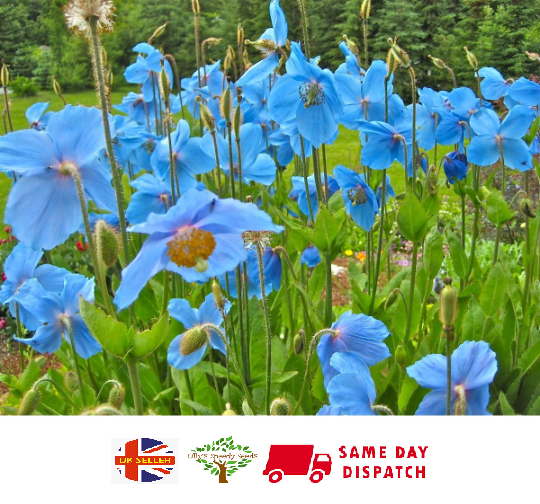
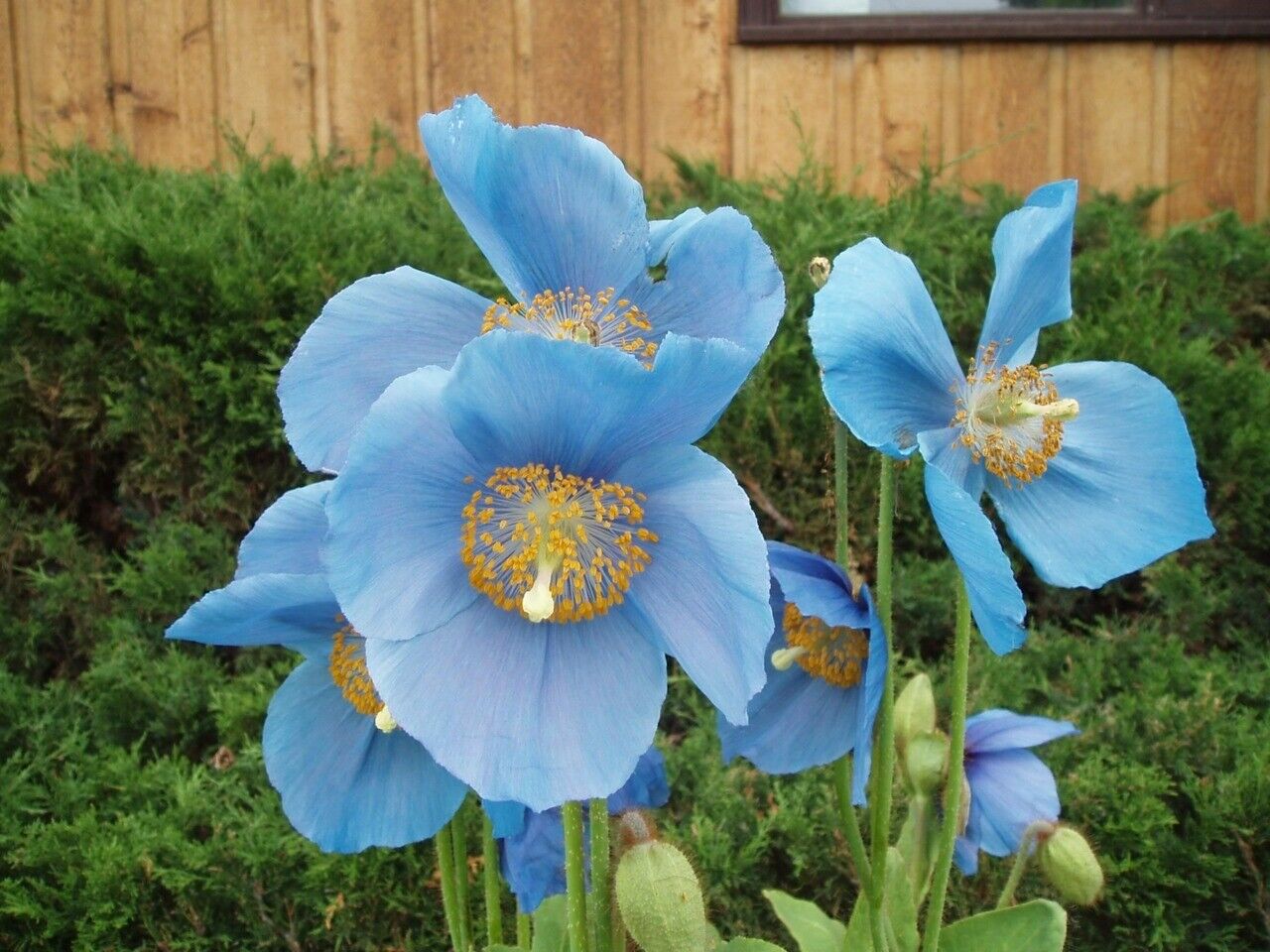
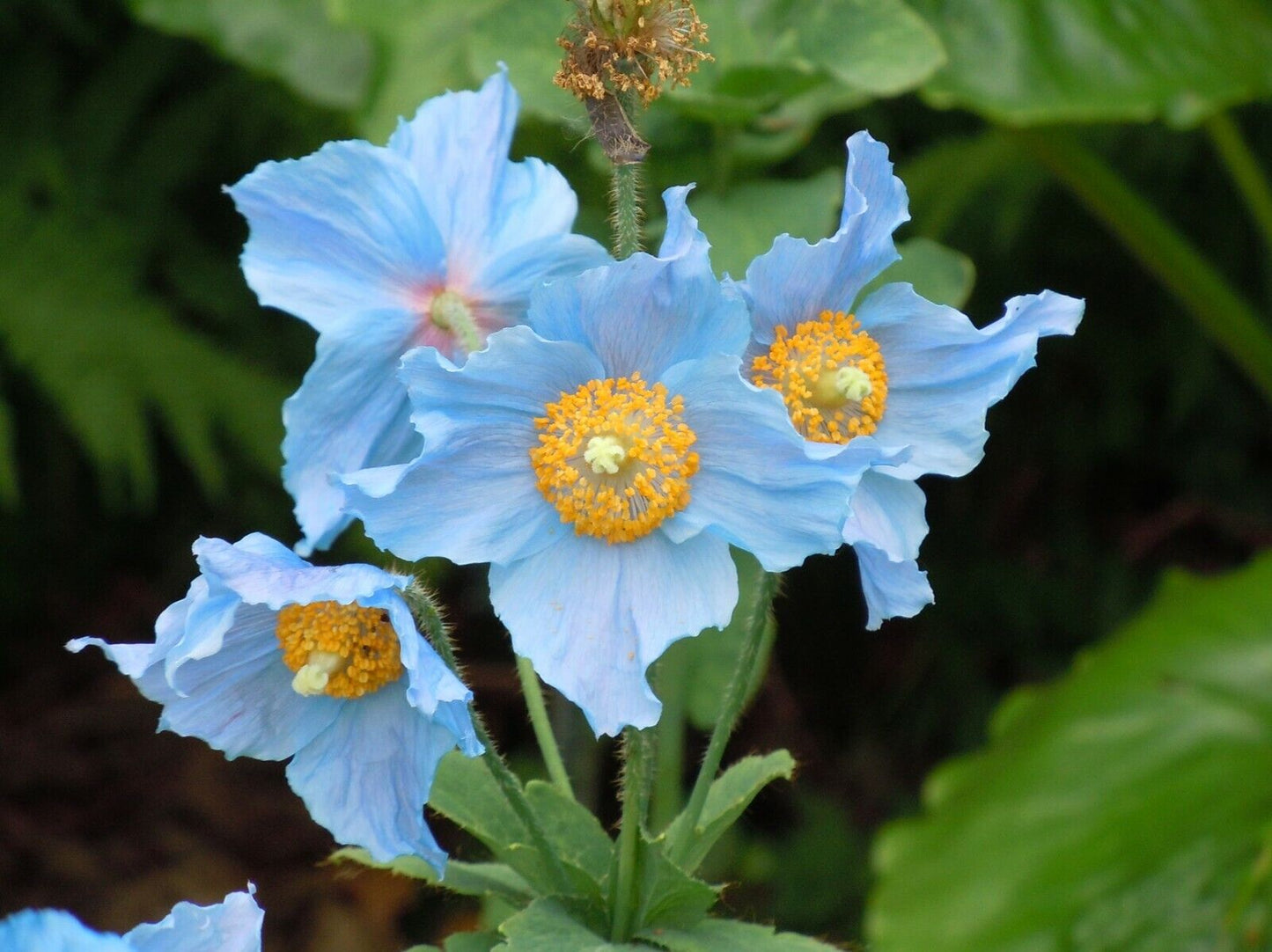
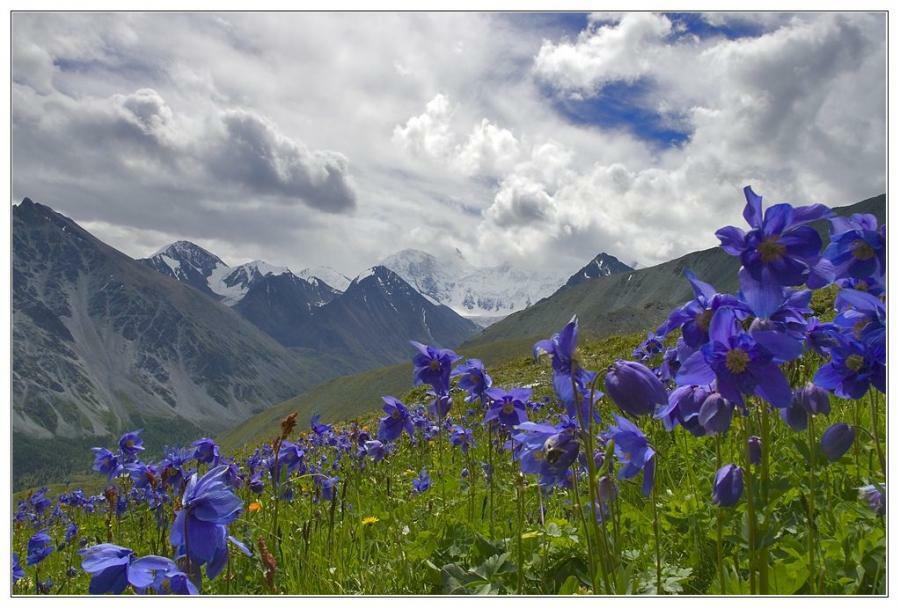
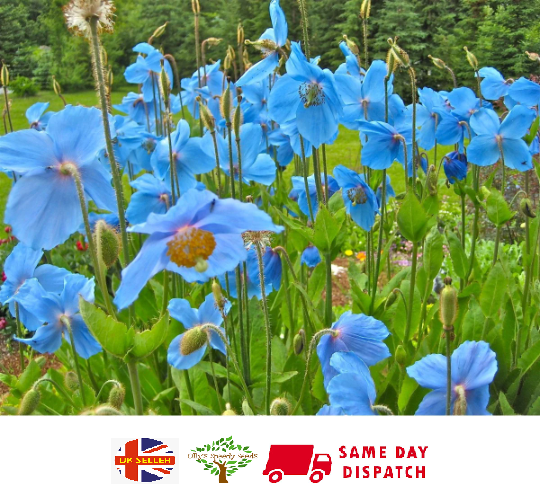
Image with text
Pair text with an image to focus on your chosen product, collection, or blog post. Add details on availability, style, or even provide a review.
-
Free Shipping
Pair text with an image to focus on your chosen product, collection, or blog post. Add details on availability, style, or even provide a review.
-
Hassle-Free Exchanges
Pair text with an image to focus on your chosen product, collection, or blog post. Add details on availability, style, or even provide a review.





